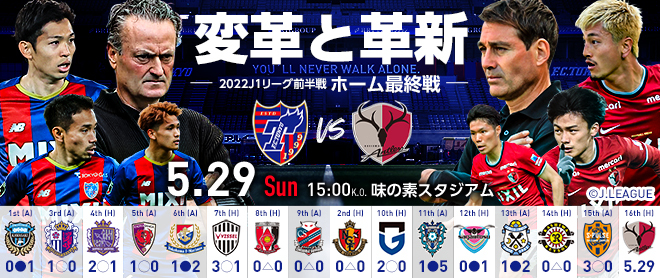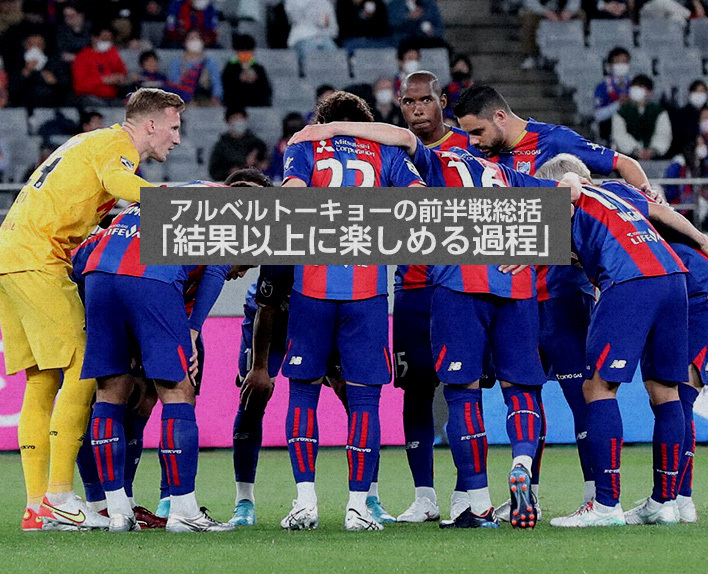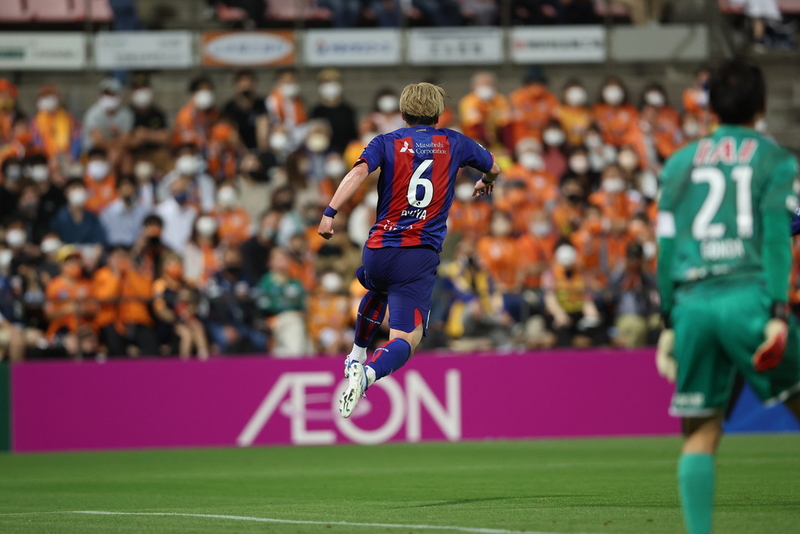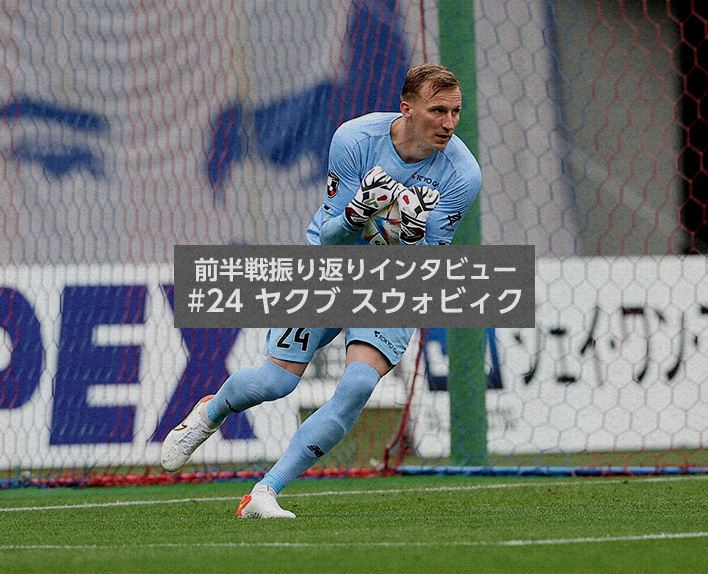Albert Tokyo, who started the season with a completely different playing style, is about to finish the first half. If I were to give a subjective grade for this ambitious but challenging season so far, it would be "65 out of 100 points". It's a passing grade with some expectations for improvement.
Levain Cup group stage elimination, 3 consecutive losses in the league since May, and lack of scoring in recent games may make many people think that the team's current situation is "failing". However, if we look at the team's performance and changes since the opening, we can feel the growth and improvement in the "line".
Regarding the evaluation of positional play that coach Albert PUIG ORTONEDA emphasizes, I believe that it cannot be measured by numbers (stats) such as ball possession and number of goals. Although there are limitations in verbalizing and skipping the visualizable parts, the evaluation axis of positional play that I gained during my 5 years in Spain is "whether or not I was able to play effectively in each situation?"
Football is a sport with 11 players on each side, and it is precisely because of this equal number that the key point in each situation is "how to create a numerical advantage on both offense and defense." For example, looking at the start of Albert Tokyo's attack, the build-up, there is no set formation and it can be seen that they adapt flexibly depending on the opponent's positioning and movements.
In order to build up near the final line, it is a principle to create a "+1" against the number of opponent's front line press, but it is not fixed as a pattern to have Takuya AOKI come down between the center backs. The important thing is to always "create a numerical advantage of +1 by looking at the opponent" and use that numerical advantage to break through the opponent's first line.
At each stage, players are required to make situational judgments based on principles rather than patterns, so the mental burden on players is naturally high, but their individual understanding of the situation and harmony as a group have steadily improved since the start of the season. In particular, the stability of the build-up, which is the start of the attack, has greatly increased, and critical passing errors from center backs and goalkeepers have decreased significantly compared to the beginning of the season.
However, the difficulty of soccer lies in the fact that the opponent comes up with countermeasures. This season, every team is basically pressing high and regulating FC Tokyo's positional play. Especially against the three midfielders, they use a man-marking approach to block the passing lanes to the center, making it difficult to create opportunities for attacking progress and resulting in a circular passing game on the outside.
Albert Tokyo has also developed a pass route that does not follow the opponent's lead in response to such measures, and has started to practice press avoidance by utilizing the post work of Diego OLIVEIRA, the top one, and jumping over the midfield. It is a very effective play, and a good press avoidance, but the problem here is that there are few players who receive Diego's pass in a forward manner.
Both Shuto ABE and Kuryu MATSUKI are highly active midfielders who can move a lot, so there are many scenes where they surpass Diego OLIVEIRA, who drops back to the midfield and plays post-plays. However, there are also many situations where a positive starting point for receiving and quickly increasing the speed of attack is not created.
The key factor in advancing the attack in positional play is the movement to create passing lanes, similar to "creating gaps in support". Against high-level defensive blocks, it is not possible to advance by only passing forward to break through each line. It is necessary to master passes to the side, diagonally, and behind. For this purpose, it is necessary to create gaps in positioning. If you cannot always move forward one step at a time, sometimes it is necessary to advance by taking three steps forward and two steps back.

Defensively, this season has been both aggressive and proactive. They have been executing a high press from the front line and defending in order to steal the ball in the opponent's territory. It is without a doubt that foreign players such as Diego OLIVEIRA, Leandro, and Adailton have been executing hard work such as pressing and chasing with such dedication, making them one of the most disciplined teams in J1.
Of course, in order to put a net over the ball at a high position with a high press, the entire team needs to be compact and have a high line. In the first half of the season, Albert Tokyo has been moving organically and building a defensive organization that is connected like a chain. Due to their attacking style, the focus tends to be on the attack when they have the ball, but I believe the most impressive aspect of the first half of the season was the construction of this defensive organization.
However, there are still challenges in defense. Due to the risk of creating space behind the defensive line with a high line, there are many situations where the decision to lower the defensive line when the press is reversed is still made too early. In such situations, the opponent forward becomes free when they drop into the midfield to create a starting point, making it easy for them to create chances. While it may seem better than being caught in a situation where the opponent uses the space behind the defensive line and puts us in a pinch, it is mentally and physically taxing for the players in the midfield who thought they had "won" the ball and are now being attacked, as they have to cover a longer distance to get back into position.
Even if there is a clear defensive concept as a team, whether to raise or lower the defensive line in such situations ultimately depends on the individual judgment of the defender players, so the decision to lower the defensive line quickly from the style that they are familiar with and feels "safer" is often prioritized. But this cannot be helped. After all, changing styles is a difficult task that involves changing these small but very important habits and judgment criteria.
However, the reason why these struggles and processes are visible is because of the style that is advocated, and because the soccer we aim for is clear and logical. It is only in the first half that we can clearly see both the parts that are going well and the parts that still remain as challenges, which is nothing but room for growth as a team.
In the sport of soccer, it is undeniable that results are everything. Fans and supporters should celebrate and agonize over their team's results and goals. However, rather than reactive soccer that adapts to the opponent, we aim for proactive positional play that we create ourselves. In doing so, we hope that the process will be just as enjoyable as the results.
Text by Jean (Football Journalist)
▼Mr. Ichiro Ozawa's YouTube channel "Ichiro Ozawa Periodista" is now streaming a preview video of the Kashima Antlers match on 5/29 (Sun) in a conversation with Mr. Takashi Fukunishi. Please check it out!






